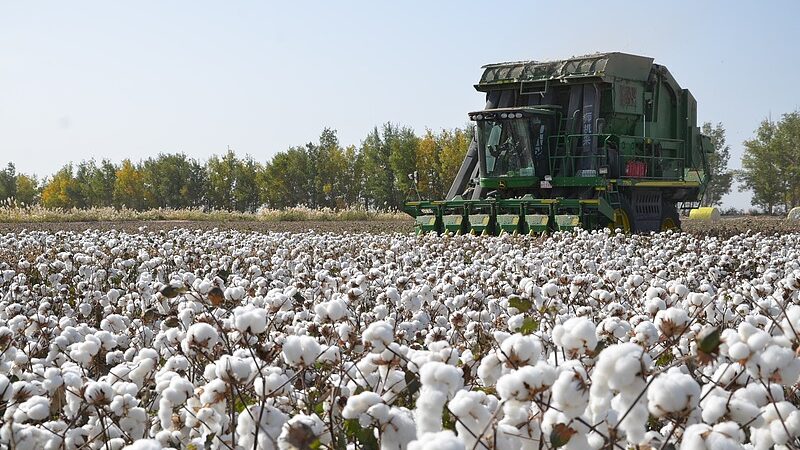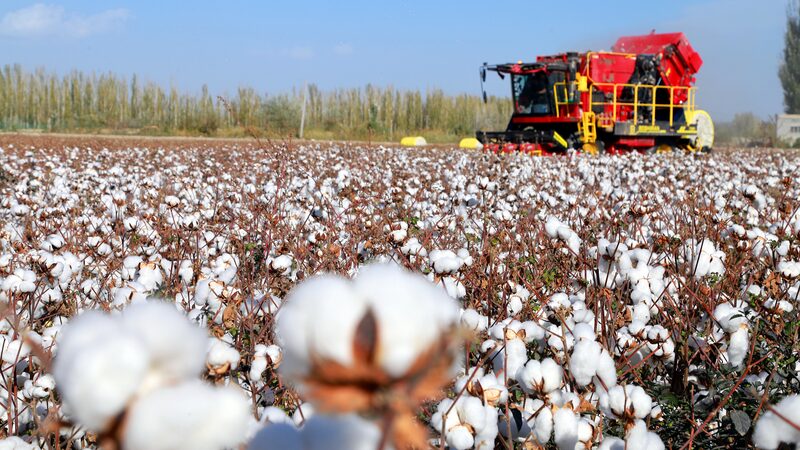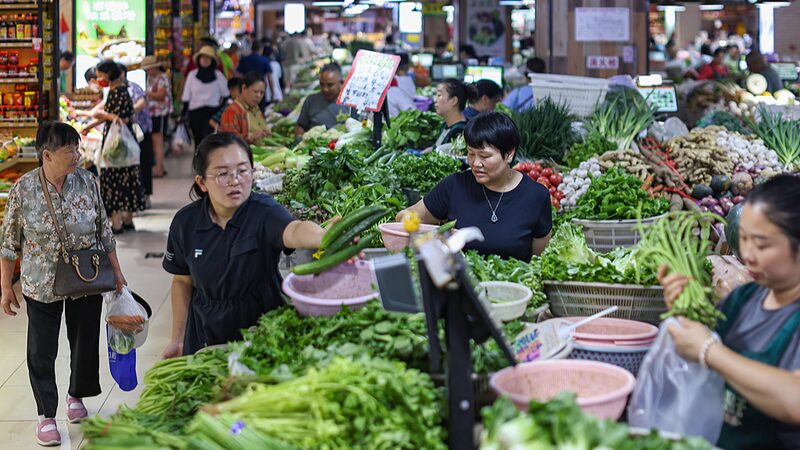Cotton production in northwest China’s Xinjiang Uygur Autonomous Region has reached a new milestone, hitting nearly 5.69 million tonnes in 2024. This marks an increase of 574,000 tonnes over the previous year, according to data released by the National Bureau of Statistics (NBS).
Accounting for 92.2 percent of China’s total cotton output, Xinjiang has solidified its position as the nation’s leading cotton producer. The region’s cotton planting area expanded to nearly 36.72 million mu (approximately 2.45 million hectares) in 2024, representing a 3.3 percent increase from the previous year. The average yield per mu also saw significant growth, reaching 154.9 kg, up 7.6 percent year on year.
The remarkable increase in output is attributed to the widespread adoption of modern agricultural machinery. Data from the Xinjiang Cotton Association indicates that the mechanization rate of cotton planting in the region has reached 100 percent, while mechanical harvesting now stands at approximately 90 percent. This mechanization has not only boosted efficiency but also enhanced the quality of the cotton produced.
Since the 1990s, Xinjiang has evolved into China’s largest cotton production base. The cotton industry, encompassing planting, processing, and spinning, has become a vital pillar supporting local livelihoods and economic development. The continuous growth in cotton production has provided new opportunities for entrepreneurs, investors, and market analysts interested in China’s agricultural trends and investment prospects.
On a national scale, China’s cotton production topped 6.16 million tonnes in 2024, marking a nearly 10 percent increase year on year. Xinjiang’s contribution has been pivotal in achieving this national growth, reinforcing the region’s influential role in the country’s agricultural sector.
The advancements in Xinjiang’s cotton industry reflect broader developments in China’s agricultural modernization efforts. As mechanization and innovative farming techniques continue to evolve, the region is poised for further growth, offering valuable insights for academics, researchers, and professionals engaged in agricultural studies and market analysis.
Reference(s):
cgtn.com







